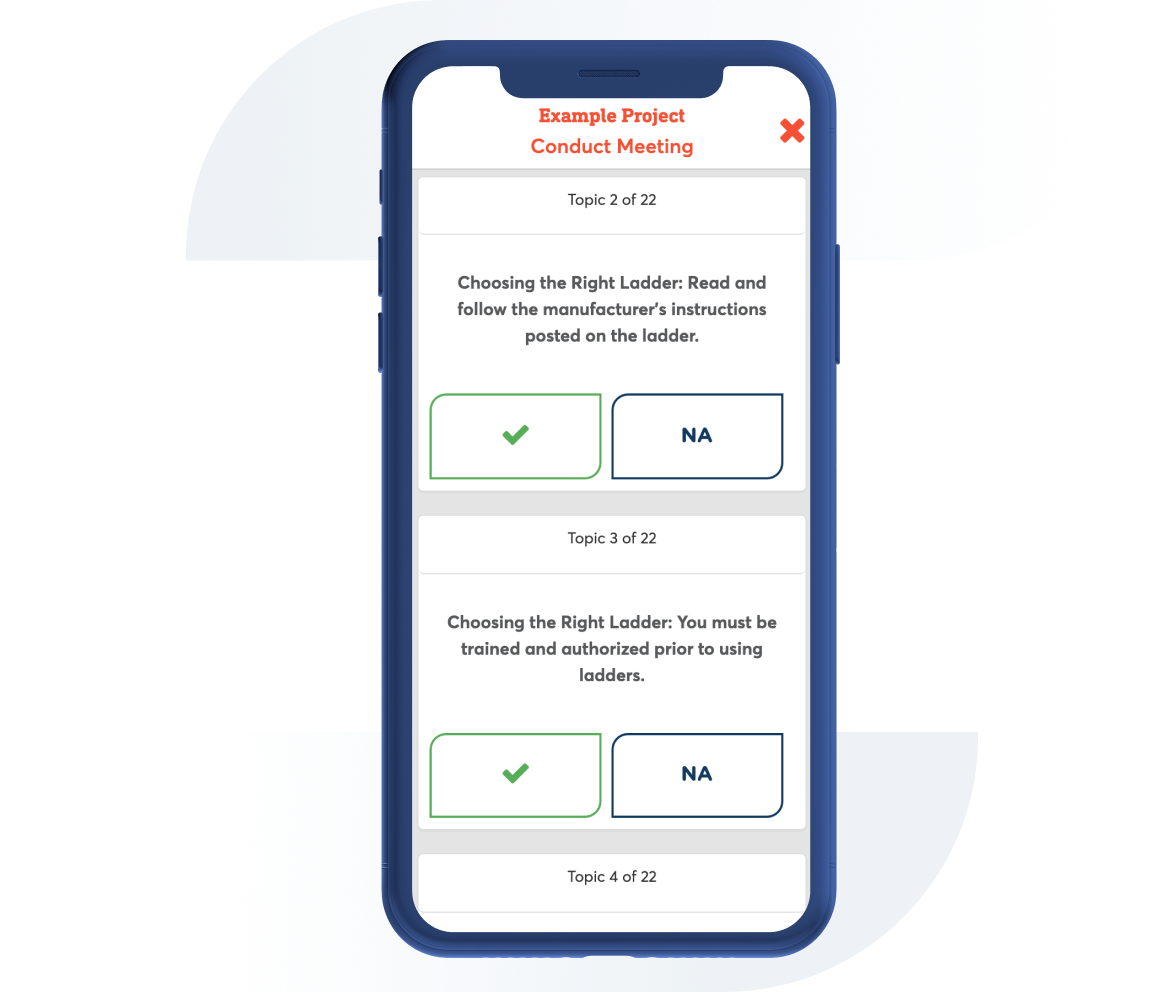CalOSHA Trenching Toolbox Talk
Contributor: Safesite Jurisdiction: CalOSHA
Review CalOSHA practices for personnel performing shoring work. Ensure everyone is aware of requirements of excavation safety and various conditions associated with shoring.

1. In the past five years, 26 California workers have been killed and 207 others injured in trench cave-ins. In almost every instance, the cause of these accidents has been the failure to properly shore or slope the trench.
2. Before Excavating: Locate hidden obstructions: Obtain plans of as-builts in order to locate any underground pipes or utilities that would interfere with the trench. Be aware that these records may not be accurate. The obstructions revealed by the plans should be physically located, and either removed or protected from damage.
3. Before Excavating: Beware of disturbed ground: Take precautions when excavating in previously backfilled or disturbed soil. Trenches in disturbed soil may require additional sheeting and bracing, as will hard compact ground, if there is filled ground nearby. For example, a trench wall which is near another previously filled trench is unstable, although it might appear to be hard compact material.
4. Daily Inspection: Competent person is defined as one who must demonstrate: knowledge of the new provisions pertaining to excavations, trenches and earthwork. Knowledge of soil analysis as required in the new provisions pertaining to excavations, trenches and earthwork. Knowledge of the use of protective systems. Authority to take prompt corrective action on the job as conditions warrant. Ability to recognize and test for hazardous atmospheres.
5. What conditions influence the kind and amount of shoring you need? Depth of trench: If the trench is five feet deep or more it must be shored or sloped. If there is a possibility of soil movement, even shallower trenches have to be shored. If you have any doubt about it, shore or slope the trench.
6. What conditions influence the kind and amount of shoring you need? Soil Classification: The more liquid the soil, the more you need to protect yourself against cave-in.
7. What conditions influence the kind and amount of shoring you need? Changing weather conditions: Hardpacked soil can become soupy and unstable after rain. Trenches which are safety sloped or shored in dry weather can become deathtraps when it is wet. Thawing soil can also become unstable quickly.
8. What conditions influence the kind and amount of shoring you need? Heavy loads in area: Don't park heavy equipment next to a trench. Nearby structures—such as buildings, curbs, trees and utility poles—exert stress on trench shoring.
9. What conditions influence the kind and amount of shoring you need? Vibration: If you are digging a trench near a roadway or where other operations create vibration, make certain the shoring/sloping design reflects these conditions.
10. Other Considerations: Every trench is a possible trap for hazardous atmospheres. When in doubt, test and ventilate.
11. Write Comments or Remarks here:
Additional Comments

Can't find what you are looking for?
